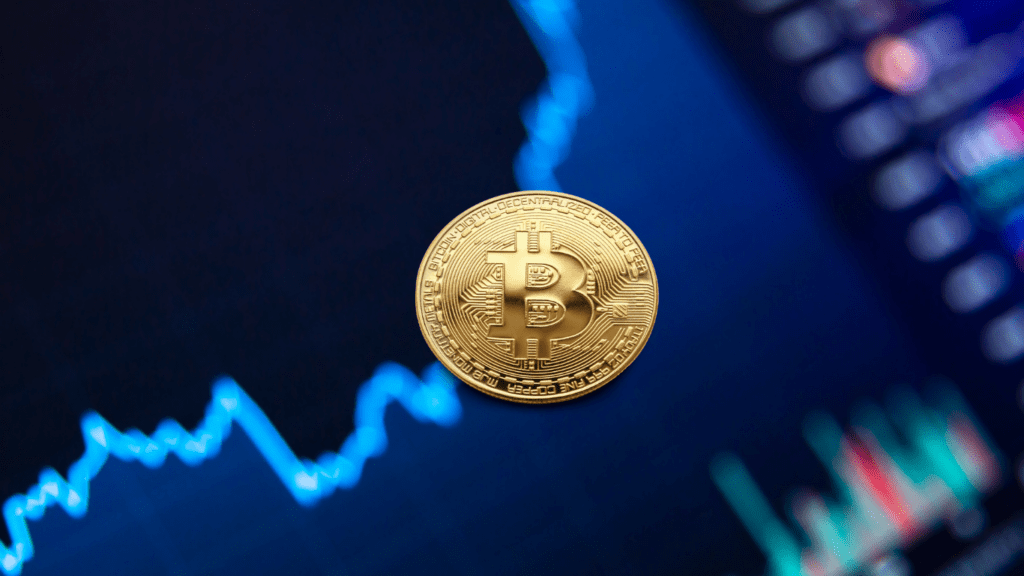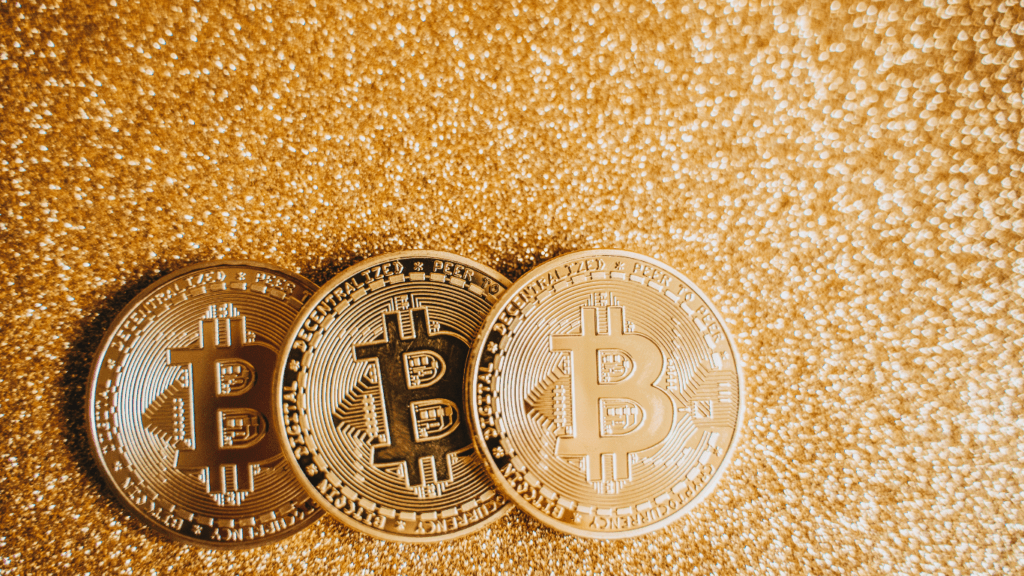Overview of Cryptocurrency Exchanges
Cryptocurrency exchanges form the backbone of crypto trading. These platforms facilitate the exchange of digital assets. They come in two main types: decentralized exchanges (DEXs) and centralized exchanges (CEXs). Distinguishing between them highlights key differences in their operational frameworks and user experiences.
Centralized exchanges operate like traditional financial institutions. They act as intermediaries, holding users’ funds and managing transactions. Prominent CEXs include Binance, Coinbase, and Kraken.
These platforms offer high liquidity, user-friendly interfaces, and a wide range of trading pairs. Security measures, such as two-factor authentication, protect users’ accounts. However, the custodial nature of CEXs means users don’t have direct control over their assets.
Decentralized exchanges, conversely, eliminate intermediaries. They rely on blockchain technology and smart contracts to facilitate trades directly between users. Notable DEXs include Uniswap, PancakeSwap, and SushiSwap.
DEXs provide greater privacy and control over assets. Users experience lower susceptibility to hacks or shutdowns since assets are user-managed. However, DEXs often face liquidity challenges and may have less intuitive interfaces compared to their centralized counterparts.
Understanding the distinctions between these exchange types is vital. It impacts trading strategy, security, and user experience.
What Are Centralized Exchanges?
Centralized exchanges (CEXs) serve as intermediaries in the crypto market. They facilitate transactions between buyers and sellers on a centralized platform.
Key Features of Centralized Exchanges
Centralized exchanges offer several key features that make them appealing to many users:
- High Liquidity: High trading volumes on CEXs ensure that users can buy and sell assets quickly without significant price fluctuations.
- User-friendly Interfaces: Interfaces on platforms like Binance and Coinbase are designed for ease of use, making them accessible even to novice traders.
- Customer Support: CEXs often provide robust customer support to assist users with any issues they might encounter.
- Advanced Trading Options: Many CEXs feature advanced trading tools, including margin trading, stop-loss orders, and futures contracts.
Major Centralized Exchanges
Several major centralized exchanges dominate the market:
- Binance: Known for its vast selection of cryptocurrencies and low transaction fees, Binance also offers advanced trading features and strong security measures.
- Coinbase: Popular among beginners, Coinbase provides a seamless onboarding process and a highly intuitive interface, though it charges higher fees compared to other exchanges.
- Kraken: Renowned for its security features and wide range of supported cryptocurrencies, Kraken also provides advanced trading tools and futures trading options.
- Huobi: Huobi offers extensive cryptocurrency options and competitive fees, attracting users looking for a diverse trading portfolio.
These subheadings outline key characteristics, enhancing user comprehension of centralized exchanges’ offerings.
What Are Decentralized Exchanges?
Decentralized exchanges (DEXs) allow trading of cryptocurrencies directly between users without intermediaries. They enhance privacy and control over assets.
Key Features of Decentralized Exchanges
- No Central Authority: DEXs operate using smart contracts on blockchain networks. Examples include protocols on Ethereum.
- Privacy Preservation: Transactions don’t require personal identification, protecting user privacy.
- Control Over Assets: Users retain custody of their funds in non-custodial wallets. There’s no risk of exchange hacking.
- Transparency: All transactions and activities are publicly recorded on the blockchain. This approach helps verify and track activities.
- Potential For Lower Fees: Users often face lower transaction fees. Arbitrary fees from centralized entities do not apply.
- Uniswap: A popular Ethereum-based DEX known for automated liquidity pools and ease of use.
- PancakeSwap: Operates on the Binance Smart Chain, offering lower fees and high-speed transactions.
- SushiSwap: Provides additional features like yield farming. Built on Ethereum, it’s a fork of Uniswap with extra incentives.
- Curve Finance: Specializes in stablecoin trading. It optimizes for low slippage and trading fees.
- Balancer: Unlike others, it allows users to create and manage liquidity pools with multiple tokens. This flexibility attracts various token holders.
Pros and Cons of Centralized Exchanges
Centralized exchanges (CEXs) provide structured platforms for trading various cryptocurrencies, offering unique advantages and certain limitations.
Pros
High Liquidity
Centralized exchanges maintain high liquidity, making it easier to execute trades quickly at stable prices. Binance, for example, processes billions in daily trading volume, ensuring ample liquidity.
User-Friendly Interfaces
CEXs provide user-friendly interfaces, making it easy for both beginners and experienced traders to navigate the platforms. Coinbase, known for its intuitive interface, appeals to many new cryptocurrency users.
Advanced Trading Options
Many CEXs offer advanced trading options like futures, margin trading, and various order types. Kraken, for instance, provides extensive trading features, enabling users to execute complex trading strategies.
Customer Support
CEXs typically offer customer support services to assist with issues. Platforms like Huobi provide 24/7 support, ensuring that users can resolve problems quickly and efficiently.
Security Measures
Centralized exchanges invest in robust security measures like two-factor authentication, cold storage of funds, and regular audits. For example, Binance employs advanced security protocols to protect user accounts.
Cons
Higher Fees
CEXs often charge higher fees for transactions, withdrawals, and other services. While convenient, these fees can accumulate over time, impacting overall profitability.
Regulatory Risks
CEXs face regulatory scrutiny which can lead to restrictions or shutdowns. For example, some exchanges have been forced to halt operations in certain jurisdictions due to regulatory actions.
Custodial Risks
Using a CEX involves trusting the exchange with your funds. Instances of hacks and mismanagement can lead to significant asset losses, as seen in the Mt. Gox exchange hack.
Limited Privacy
CEXs require users to complete KYC (Know Your Customer) processes, which compromises user privacy. Users must submit personal information, reducing anonymity.
Potential for Downtime
CEXs can experience downtime or technical issues, limiting access to trading during critical market movements. Server overloads during high market volatility can disrupt trading activities.
Understanding these pros and cons helps to make informed decisions about which type of exchange best suits individual needs, thereby optimizing trading strategies and enhancing the overall cryptocurrency experience.
Pros and Cons of Decentralized Exchanges

Decentralized exchanges (DEXs) offer unique benefits and challenges. Understanding these aspects can help in making informed decisions when trading cryptocurrencies.
Pros
- Privacy Preservation: DEXs enhance privacy by not requiring personal information for transactions. Users can trade without revealing personal details.
- Control Over Assets: Users retain control over their private keys when using DEXs, reducing the risk of asset loss through hacks or platform failures.
- Transparency: DEXs operate on blockchain networks, providing transparent and auditable transaction histories.
- Lower Fees: Transaction and trading fees are often lower on DEXs due to the absence of intermediaries.
- Liquidity Challenges: DEXs often face lower liquidity compared to centralized exchanges, leading to potential slippage and less favorable trading conditions.
- User Experience: The interfaces of many DEXs may be less intuitive, making it challenging for beginners to navigate the platform.
- Limited Customer Support: Since DEXs lack a central authority, users do not have access to traditional customer support services.
- Speed and Performance: Transactions on DEXs might be slower due to the reliance on blockchain confirmations.
Key Differences Between Centralized and Decentralized Exchanges
Control and Ownership
Centralized exchanges control user funds, which creates a sense of security but also poses risks related to hacks and insolvency. Users entrust their assets to the exchange, trading convenience for potential vulnerability.
In contrast, decentralized exchanges allow users to retain full control over their assets by using smart contracts. Ownership stays with the user, reducing the risk of centralized hacks but requiring more personal responsibility for security.
Security and Privacy
Centralized exchanges generally offer robust security measures, such as two-factor authentication and insurance funds. However, they remain prime targets for large-scale cyberattacks.
Users must often complete KYC (Know Your Customer) procedures, reducing privacy. Decentralized exchanges enhance privacy since users interact directly with the blockchain without intermediaries.
While DEXs mitigate risks with decentralization, they can’t fully protect users, especially if users mishandle private keys.
Liquidity and Volume
Centralized exchanges usually boast high trading volume and liquidity, making it easier to execute large trades quickly. They attract institutional investors and offer various trading pairs.
Decentralized exchanges often struggle with liquidity, resulting in higher slippage and less favorable trading conditions. Users may encounter difficulty executing large transactions, which can affect overall trading efficiency.
User Experience and Interface
Centralized exchanges prioritize a user-friendly experience with polished interfaces, customer support, and educational resources. Features like mobile apps and deep analytics tools enhance the trading experience.
Conversely, decentralized exchanges might feature less intuitive interfaces and lack customer support. While DEXs are improving, the learning curve can be steeper, requiring more effort from users to navigate effectively.
Fees and Costs
Centralized exchanges typically charge trading fees, withdrawal fees, and sometimes deposit fees. These fees can accumulate, especially for frequent traders. Decentralized exchanges tend to have lower fees since they cut out intermediaries, though this varies with blockchain network conditions. During network congestion, gas fees on DEXs can spike, impacting cost-effectiveness.
Transparency and Trust
Transparency levels differ significantly between centralized and decentralized exchanges. CEXs operate more opaquely, where users rely on the exchange’s integrity and regulatory compliance.
In contrast, decentralized exchanges leverage blockchain technology to offer transparent trading, where transactions are publicly verifiable on the ledger. This transparency builds trust but requires users to understand blockchain mechanics.
Regulatory Compliance
Centralized exchanges often comply with national and international regulations to operate legally, needing users to undergo KYC/AML (Anti-Money Laundering) checks.
This compliance ensures a level of legal protection but at the cost of anonymity. Decentralized exchanges, operating without intermediaries, don’t impose KYC/AML requirements, thus maintaining user anonymity but also posing regulatory risks. Regulatory landscapes around DEXs are still evolving, which can lead to uncertain legal standing.

 Is the innovative founder of The Digi Chain Exchange, a comprehensive platform dedicated to educating and empowering individuals in the world of digital finance. With a strong academic background in Finance and Computer Science from the University of Michigan, Scotterrin began her career in traditional finance before shifting her focus to blockchain technology and cryptocurrencies. An early adopter of Bitcoin and Ethereum, Adaha’s deep understanding of the transformative potential of blockchain led her to create The Digi Chain Exchange, which has since become a trusted resource for crypto news, market trends, and investment strategies.
Is the innovative founder of The Digi Chain Exchange, a comprehensive platform dedicated to educating and empowering individuals in the world of digital finance. With a strong academic background in Finance and Computer Science from the University of Michigan, Scotterrin began her career in traditional finance before shifting her focus to blockchain technology and cryptocurrencies. An early adopter of Bitcoin and Ethereum, Adaha’s deep understanding of the transformative potential of blockchain led her to create The Digi Chain Exchange, which has since become a trusted resource for crypto news, market trends, and investment strategies.

